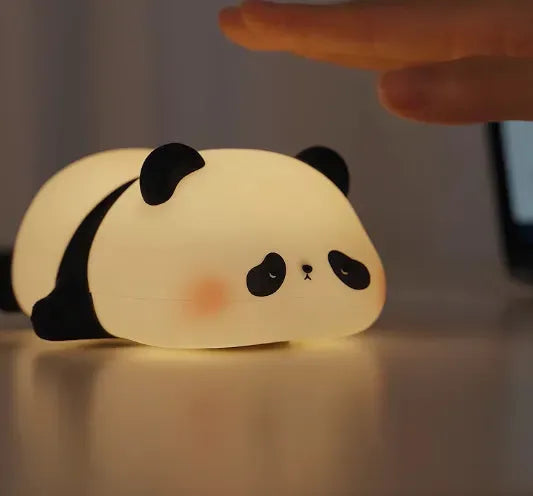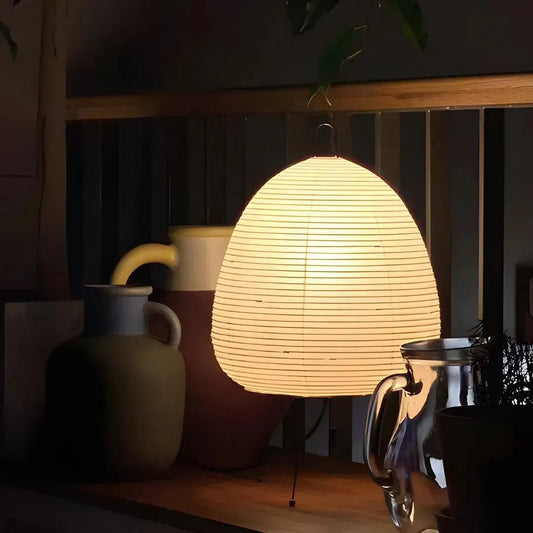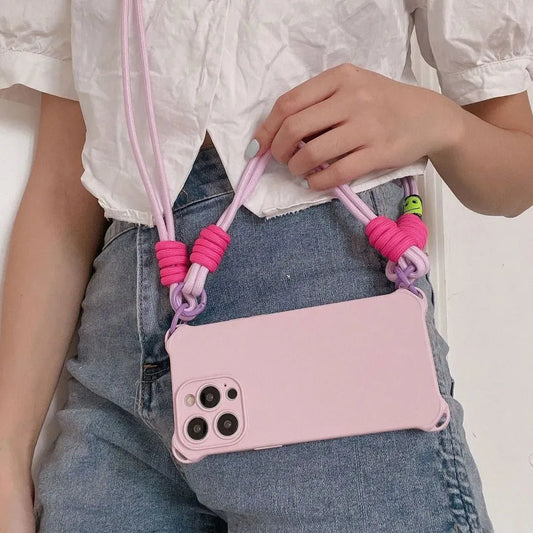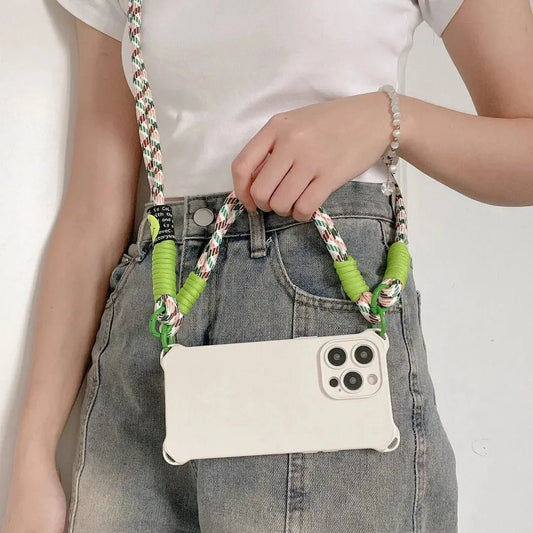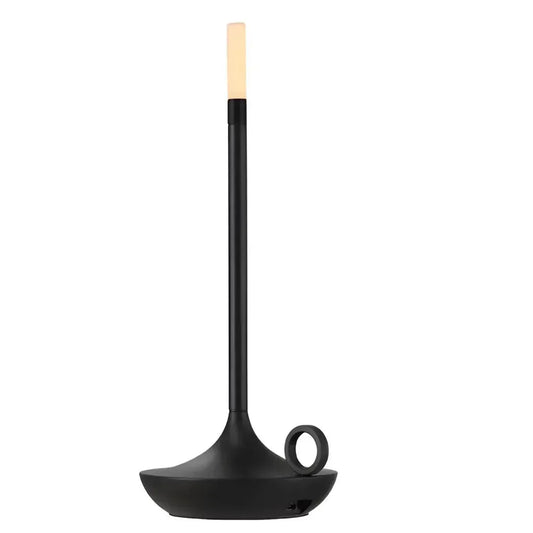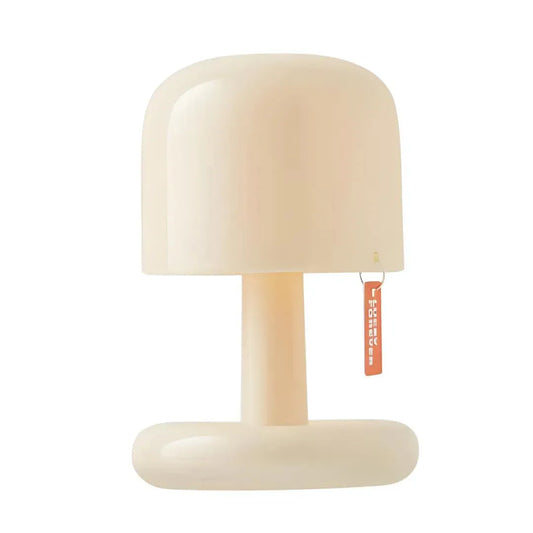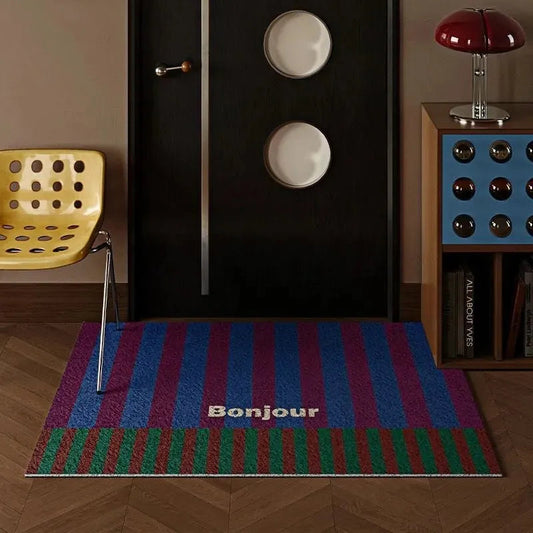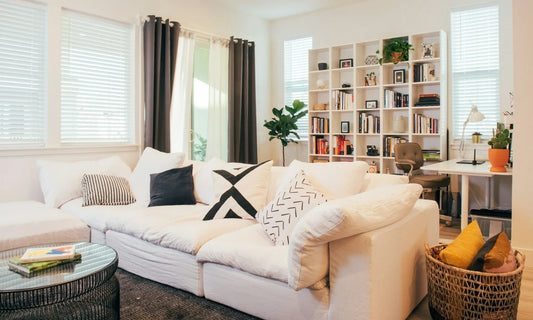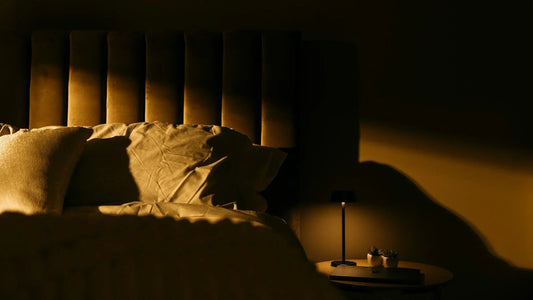
Combining Multiple Lamps: Mastering the Art of Layered Lighting
Share
Dreaming of the perfect lighting ambiance but unsure about combining multiple lamps? The magic of a well-designed interior often lies in the subtle art of layered lighting. Through feedback from our design-savvy customers, we've seen how skillfully combining lamps can completely transform a space. Let us guide you through the secrets of creating a harmonious lighting scheme that will elevate your home.
The Art of Multiple Lamp Combinations: Essential Principles
I'll let you in on a secret - combining multiple lamps isn't about following strict rules. Sure, there are some principles that help, but what really matters is creating a setup that feels right to you. Having said that, there are some cool tricks I've learned from our customers over the years. One of our clients recently shared her breakthrough moment: after hesitating to mix styles, she dared to combine a contemporary black metal pendant with more traditional brass wall sconces. The result? A perfect marriage that added character to her living room while creating a welcoming atmosphere.
Playing with Proportions: Finding the Perfect Balance

Another client's story perfectly illustrates the fundamental principle of balanced proportions. In his living room, he had gathered a beautiful collection of lamps, but their similar size created unintentional visual monotony. The solution? A clear visual hierarchy where an arc floor lamp became the centerpiece, while more discreet table lamps and wall sconces completed the composition. A month later, his photos revealed a spectacular transformation: the eye moved harmoniously from one light source to another, creating a natural and soothing visual journey.
The secret to success? Maintain sufficient distance between different light sources - about 1.5 meters between each lighting point - allowing each to express its personality without competing with others.
Lighting Levels: Creating Depth
If you follow trending decor accounts on TikTok and Instagram, you've surely noticed this hot trend: playing with different lighting heights. The most-liked photos always feature this three-dimensional composition that creates an ultra-cozy atmosphere.
At the high level (180-200 cm), a majestic designer pendant often defines the dining area, instantly creating that statement piece that followers love. At the mid-level (90-120 cm), wall sconces and table lamps create those eye-level points of interest that make interior photos so successful. At the low level (30-60 cm), subtle accent lights naturally guide the eye, creating that signature depth that makes the most popular interiors stand out.
It's no coincidence these combinations rack up saves and shares - they naturally create an ambiance that makes you want to linger.

The Stylistic Thread: Harmony in Diversity
If you dream of an Instagram-worthy interior that gives that coveted "wow" effect when walking through the door, here's how to master combining multiple lamps successfully.
Start by identifying a unifying element in your space. For example, you might choose a soft color palette as your guiding thread. Picture an opal glass pendant in your entryway, complemented by wall sconces diffusing the same soft light in your hallway, and table lamps with frosted glass shades in your living room. Even with different styles, this consistency in materials creates a natural harmony. You can also play with recurring geometric shapes - circles, for instance, that would flow from ceiling fixtures to table lamps, subtly creating a dialogue between your different lighting fixtures.
Essential Tips for Combining Multiple Lamps: Room by Room
Let's get practical, shall we? Every room presents unique opportunities for combining multiple lamps effectively. Your multiple lamp arrangement will need to adapt to each space's specific needs and characteristics.
Living Room: The Delicate Art of Combining Floor and Table Lamps

Browse the most followed decor accounts on Instagram, and you'll notice a pattern: the most-liked living rooms always play with complementary light sources. The trending photos often showcase a statement floor lamp as the centerpiece, subtly complemented by more discreet table lamps. This popular composition isn't random - it naturally creates different areas of interest while maintaining perfect visual coherence.
The influencers' secret? They always maintain a common finish or style element between their different lamps, creating that harmony their followers love.
Dining Room: Orchestrating Heights with Precision
The challenge in a dining room is creating a convivial atmosphere while ensuring functional lighting. A restaurateur client shared his solution: an elegant contemporary pendant above his table, positioned exactly 60 cm from the surface, creates perfect dining lighting. He complemented this centerpiece with coordinated wall sconces, strategically placed to illuminate his sideboard and create an intimate evening ambiance. The ensemble is unified through similar geometric lines and a common metallic finish, proving you can create a sophisticated composition even with different elements.
Small Spaces: Making Every Inch Count
Living in a tiny apartment? Been there, done that! While combining lamps in small spaces might seem like mission impossible, there's actually a neat trick to making it work. Think of your lighting like a Swiss Army knife - each piece needs to pull double duty.
For instance, those adjustable wall sconces you've been eyeing? They could be your reading light AND create that cozy ambiance you're after. And here's a game-changer - instead of cluttering your floor with standing lamps, try mounting a track of directional spots on the ceiling. Trust me, your small space will thank you for those extra square centimeters! Consider installing adjustable wall sconces that serve as both ambient lighting and reading lights for your office corner or reading nook. A track of directional ceiling spots can effectively replace several floor lamps, freeing up precious floor space. Complete your setup with a mobile table lamp that you can move according to your needs and times of day.
The secret in a small space? Favor light finishes and airy designs to maintain a sense of spaciousness despite multiple light points. You'll be amazed at how a few smart choices can radically transform your compact space.
The Art of Combining Multiple Lamps: Essential Techniques
Creating a harmonious ambiance isn't just about placing lamps - it's an art that requires finesse and observation.
Adapting Your Choices to Interior Style
Think of your interior as a canvas you're about to compose. In a contemporary space, you can embrace minimalism with graphic lighting fixtures. A minimalist black metal pendant could dialogue with integrated LED wall sconces and a sculptural floor lamp. More of a classic interior person? Lean towards crafted finishes and textile lampshades.
For example, a crystal pendant could beautifully coordinate with ornate wall sconces and table lamps with pleated shades. The key is staying consistent with your interior's DNA while daring to add touches of originality that will make all the difference.
Real Talk: Common Pitfalls When Combining Lamps
Okay, let's get honest for a minute - we've all made lighting mistakes. (That time I tried to cram three floor lamps into my tiny living room? Not my finest moment!) The most common oops-moment I see is when people go overboard with different styles.
One of our clients - let's call him the "enthusiastic collector" - once showed me his living room where he'd gathered every cool lamp he'd ever bought. Individually? Each piece was gorgeous. Together? Total chaos! But here's how he fixed it: he found one element (in his case, a recurring geometric pattern) that tied everything together. Smart guy!
Another common mistake is neglecting spacing between fixtures. A successful combination requires respecting certain distances to let each lamp "breathe" and fully play its role. For example, in a living room, maintain at least 1.5 meters between a floor lamp and a table lamp to avoid visual overload.
Practical Implementation: Expert Tips for Combining Multiple Lamps
When combining different types of lamps, start by considering installation heights - it's a detail that makes all the difference in your multiple lamp setup.
For your dining table pendant, aim for 60-70 cm between the bottom of the fixture and the table surface. In your bedroom, position reading sconces about 40 cm above the mattress for optimal lighting.
Consider installing dimmers on your different light points - you can easily create various moods throughout the day: bright light for work, dimmed for relaxation, intermediate for entertaining. Pro tip? Test your lighting at different times of day before finalizing fixture placement.
Room-by-Room Inspiration: Concrete Solutions for Combining Decorative Lamps
All this theory is great, but nothing beats real examples, right?
Living Room: Creating Distinct Zones

If you follow the latest decor trends on TikTok and Instagram, you've surely noticed this sensation: creating distinct "zones" through lighting. The most viral videos show how a living room can transform into multiple living spaces through intelligent light combinations. An architectural floor lamp becomes a total game-changer for defining the reading corner, wall sconces add that Pinterest-ready touch to the conversation area, while accent lamps on consoles create a cozier mood around the TV zone. This light zoning technique, beloved by lifestyle content creators, naturally structures the space while maintaining a warm and coherent atmosphere.
Bedroom: Balance Between Function and Serenity

In your bedroom, think slow living and cocooning. It's your haven of peace, so the lighting has to be perfect! For that soothing mood everyone's after...
In a bedroom, the challenge is combining practicality with a relaxing atmosphere. An interior designer client shared her solution: a central pendant with a dimmer for general lighting, complemented by adjustable reading sconces on either side of the bed. She added a decorative touch with an indirect floor lamp in one corner, creating soft ambiance for evenings. The ensemble shares soft curved lines that contribute to the room's peaceful atmosphere.
Home Office: Performance and Well-being
For your workspace, focus first on visual ergonomics. An articulated desk lamp will be your best ally - position it opposite your writing hand to avoid annoying shadows. Complete with a softer ambient lamp to soften the atmosphere during video calls. Pro tip? Add indirect lighting behind your screen to reduce eye strain. This combination will keep you productive while preserving your visual comfort throughout the day.

And there you have it - your complete guide to combining multiple lamps like a pro! Remember though, at the end of the day, these are just guidelines, not rules set in stone. The best multiple lamp setup is one that makes YOU happy when you walk through your door.
Still feeling a bit unsure? Start small - maybe try combining just two or three lamps in one corner. Play around, move things about, and most importantly, have fun with it! After all, the joy of combining different types of lights is discovering your own style along the way.
Oh, and one last thing - if your first attempt at combining lamps doesn't work out exactly as planned, don't sweat it. Mine didn't either! Just keep tweaking until it feels right. That's the real secret to creating a space that feels like home.





 https://lunia-shop.com
https://lunia-shop.com

